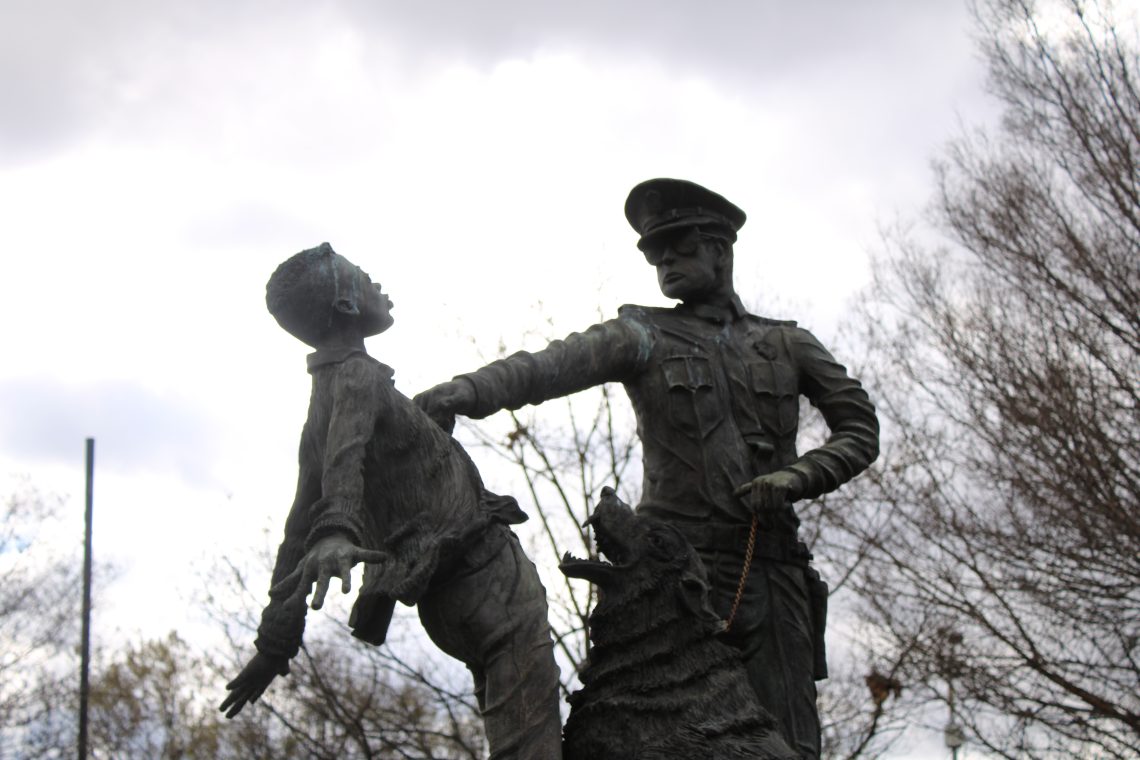On Wednesday morning, we departed from Montgomery to visit the last of the three cities in Alabama, Birmingham.
Our first stop that day was the City Hall where we met with Mayor Woodfin’s department of Racial Equity and Social Justice. There we were greeted by a few of their staff that gave their time to talk to us about what they have worked on since the mayor created the division along with other staff who walked by to say hi to us. A few of the things they mentioned to us was the PEACE Act which focused on police accountability and creating a better connection with citizens, civic engagement classes that last for 7 weeks and collaborate with police departments, and Birmingham Promise which gives financial support to students to attend a university in Alabama. We also talked about how Redlining has been an issue for a long time. One side effect of these almost-century-old maps that might not be known are health implications. One way that these side effects have been shown in the community is by the fact that minority women have the highest maternal issues. Another issue that they have to navigate is the fact that Birmingham has Dillon Rule, bills have to pass through the state capitol, and that has been a barrier for progress. Something that I thought was really great on the mayor’s behalf was that he has his Thursdays free for anyone in the community to chat with him for 15 minutes about anything that they want to, and that showed to me how much he wants to listen to the people he impacts the most.
Next, we paid a visit to Kelly Ingram Park. There they had a listening tour that you could hear by calling the number provided. There were monuments and statues remembering the events that had occurred in the 60s. The bombing of 16th street church which killed 4 little girls, the children’s march which was attacked by dogs and fire hoses before arresting hundreds of children, racial discrimination in surrounding white owned businesses, and much more. The statues and monuments in the park had very animate expressions and it seemed surreal to me that we were standing in the same place where those events had happened only a few decades ago.

Our last stop in Birmingham was the Birmingham Civil Rights Institute. The experience felt like a story of black history in the United States that you could walk through. It gave an idea of what it was like to be a person of color during the Jim Crow era. There were exhibits visualizing standard of living differences, segregation practices of “colored” and “white” facilities, freedom riders’ bus replica, Civil Rights heroes especially Dr. Martin Luther King, Rosa Parks, Rev. Fred Shuttlesworth, and A.G. Gaston. There is so much to learn about when it comes to how the Civil Rights movement began and how necessity and courage fueled everyone’s drive for permanent change in the name of social justice.
– Cristopher Diaz
